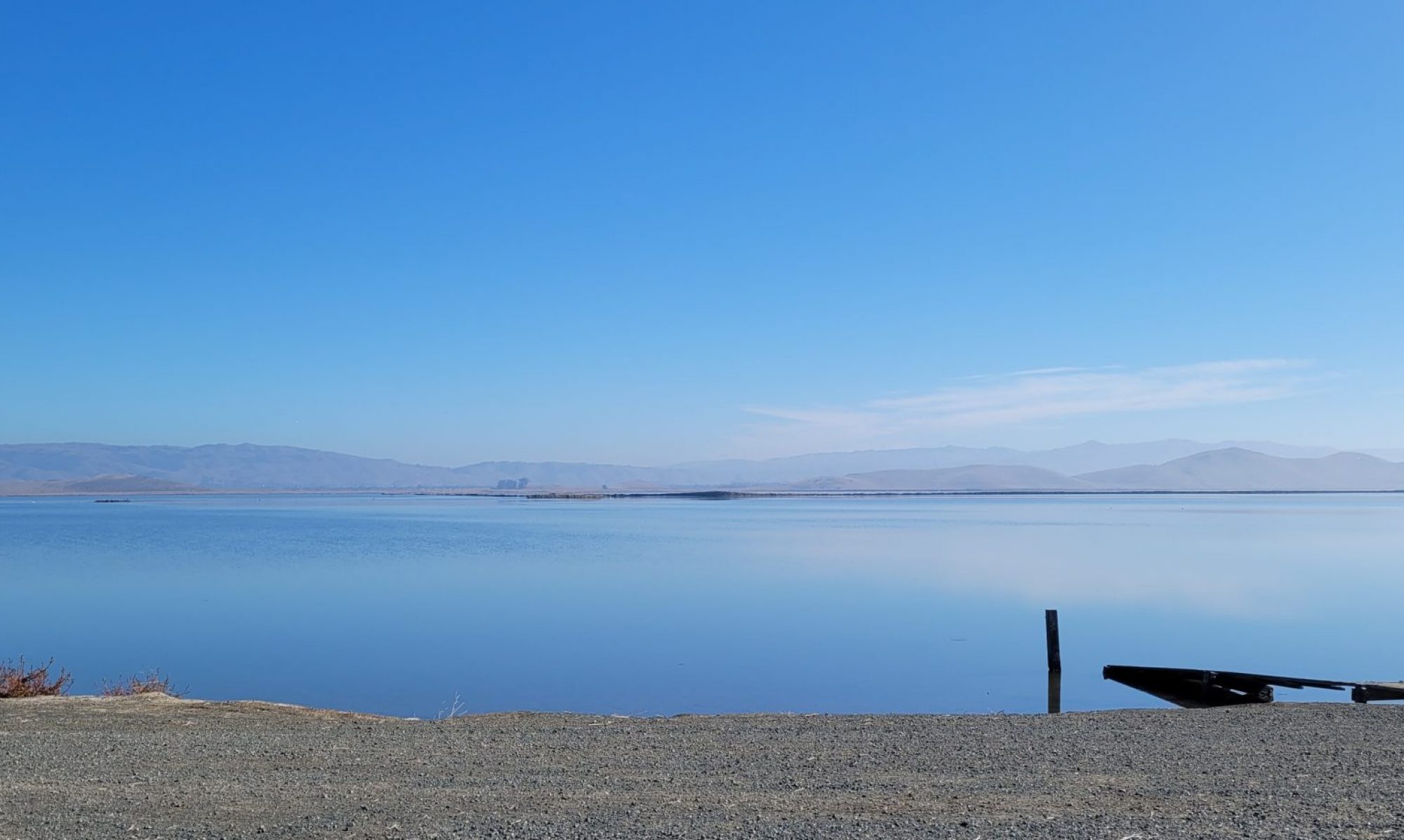
It’s hard to preserve history. The paper that holds the stories crumbles or sticks together, stored in damp basements or behind walls. Officials throw files away, burn them, or shove them into unlabelled boxes. People die without telling us what happened.
Yet at the same time, it’s not so simple to erase what happened, not with a wave of a wand or the stroke of an expensive pen. Stories once told take on a life of their own. Files are rediscovered; skeleton bones fall out of closets. History can’t simply be ripped off the wall. If you hadn’t heard, a school official recently took Harriet Tubman posters down in advance of a visit from Trump government officials. As if that would remove what Harriet Tubman was or what she did.
If we choose to remember, if we work to remember–dig underneath the bland encyclopedia entries to uncover what we must remember–then nothing will erase the real stories. February is still Black History Month, whether there are posters or not.
I came across the remarkable life of Susie King Taylor, looking for an appropriate subject to write about this month, somewhat discouraged about writing at all. You can read a few paragraphs about her on Wikipedia, at the Library of Congress, or via the National Park Service. She was the first African-American nurse in the Civil War, the first Black woman to teach at a school in a Union camp, the first woman to write about life in the camps. The “first” business doesn’t really matter. The point is that she did things and wrote her story, proving how important a task that is.
Continue reading “Reading Between the Lines in the Life of Susie King Taylor”


